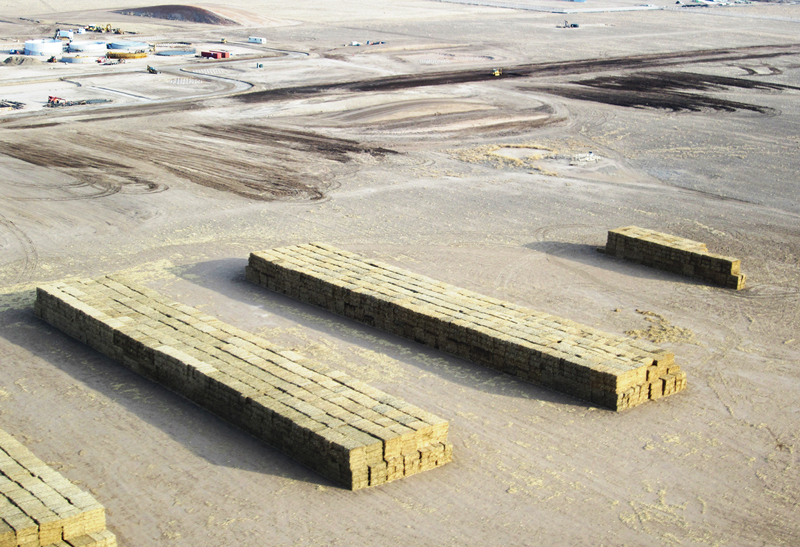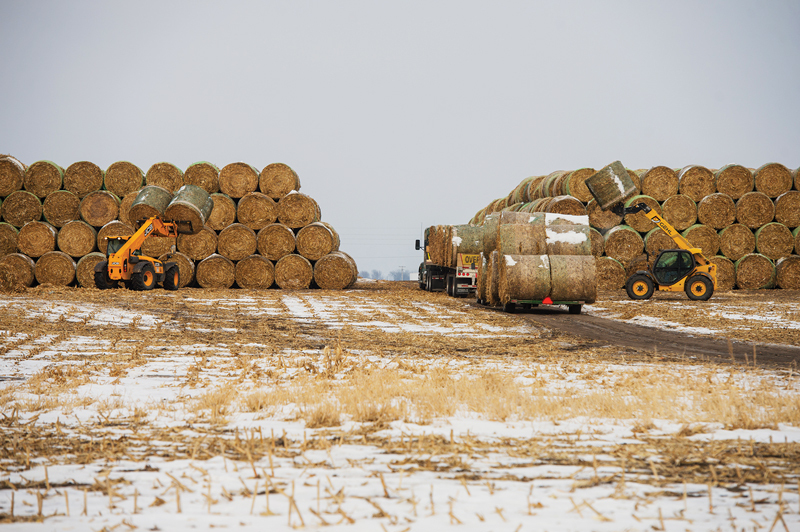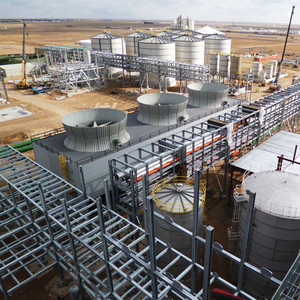Early Risers




PHOTO: ABENGOA BIOENERGY CORP.
March 6, 2014
BY Chris Hanson
Advertisement
Advertisement
Related Stories
Valero Energy Corp. on April 25 announced that its SAF project in Texas is progressing ahead of schedule and expected to be operational this year. The company also reported its ethanol and renewable diesel operations were profitable during Q1.
LanzaJet on April 22 announced an investment from Microsoft’s Climate Innovation Fund. This investment from Microsoft enables LanzaJet to continue building its capability and capacity to deploy its sustainable fuels process technology globally.
U.S. fuel ethanol production fell by 3% the week ending April 19, according to data released by the U.S. Energy Information Administration on April 24. Stocks of fuel ethanol were down 1% and exports fell by 23%.
Vertimass on April 23 announced that the U.S. EPA has approved registration for blending up to 20% of Vertimass green gasoline with conventional gasoline. This new renewable gasoline product, VertiGas20, is made from renewable ethanol.
The USDA on April 23 awarded more than $43 million in grants through the Higher Blends Infrastructure Incentive Program to support projects that will increase the availability of domestic biofuels in 15 states.





